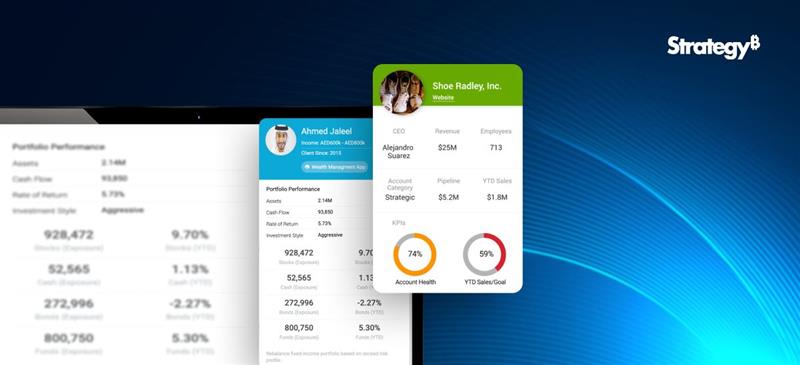What is Data Governance?
Data governance is the process of managing the availability, usability, integrity, and security of data in an enterprise system. It establishes policies, procedures, and standards for how data is collected, stored, used, and shared. It’s about ensuring the right data is available to the right people at the right time, in a secure and compliant manner.
Why Automate Data Governance?
Automating data governance processes brings several benefits, including:
• Improved Data Quality: Automation can identify and correct data errors, inconsistencies, and duplicates, leading to improved data quality and more reliable insights.
• Increased Efficiency: Automation streamlines data governance processes, reducing manual effort, freeing up valuable time, and accelerating decision-making.
• Reduced Costs: Automation helps reduce the costs associated with manual data governance processes, minimizing errors and the need for rework.
• Enhanced Compliance: Automation helps ensure compliance with data privacy regulations, such as GDPR, CCPA, and HIPAA, minimizing risk and potential penalties.
• Better Decision-Making: By improving data quality and accessibility, automation enables better, more data-driven decision-making.
• Scalability: Manual processes struggle to keep up with growing data volumes. Automation allows your governance framework to scale effectively.
How to Automate Data Governance Processes?
Several approaches exist for automating data governance, and often a combination is most effective:
• Data Discovery and Classification: Automated tools, like data catalogs, can help discover and classify data based on its content, sensitivity, and other criteria. This is the foundation for understanding your data landscape.
• Data Quality Monitoring: Automated tools can continuously monitor data quality, identify potential issues, and trigger alerts for remediation.
• Data Lineage Tracking: Automated tools can track the origin and movement of data, providing a clear audit trail and helping to ensure data quality and compliance. This is crucial for understanding how data is transformed and used.
• Data Access Control: Automated tools can enforce data access policies, ensuring that only authorized users can access sensitive data, protecting privacy and security.
• Data Masking and Anonymization: Automated tools can mask or anonymize sensitive data to protect privacy while still allowing for data analysis and testing.
• Metadata Management: Automated tools can capture and manage metadata, providing context and meaning to data assets, making them easier to find and understand.
The Role of Data Catalogs like Alation
Data catalogs play a critical role in automating data governance. They act as a central inventory of all data assets, providing a single source of truth about your data. Modern data catalogs like Alation offer:
• Automated Data Discovery and Profiling: Automatically scan and profile data sources to identify and catalog data assets.
• Data Lineage: Visually map the journey of data from its origin to its consumption, showing transformations and dependencies.
• Data Quality Rules and Monitoring: Define and enforce data quality rules and automatically monitor data for compliance.
• Collaboration and Knowledge Sharing: Enable data users to collaborate, share knowledge about data assets, and contribute to data governance efforts.
• Search and Discovery: Empower users to easily find the data they need, along with relevant metadata and context.
Best Practices for Automating Data Governance
• Develop a Data Governance Strategy: Before automating, define clear goals, objectives, and metrics for your data governance program.
• Identify Key Stakeholders: Engage business users, IT, compliance, and other stakeholders to ensure alignment and buy-in.
• Choose the Right Tools: Select tools that meet your specific needs and integrate with your existing data infrastructure. Consider a platform approach that can address multiple aspects of governance.
• Implement a Phased Approach: Start with a pilot project to demonstrate value and refine your approach before scaling to the entire organization.
• Focus on Data Literacy: Train your employees on data governance policies, procedures, and the use of automated tools.
• Monitor and Evaluate: Continuously monitor the effectiveness of your automated data governance processes and make adjustments as needed.
How to Embrace Better Data Governance?
Data governance doesn’t have to be a bottleneck. Organizations can reduce manual workloads, improve compliance, and drive innovation by adopting automation and leveraging tools like data catalogs.
Ready to transform your data governance strategy?




